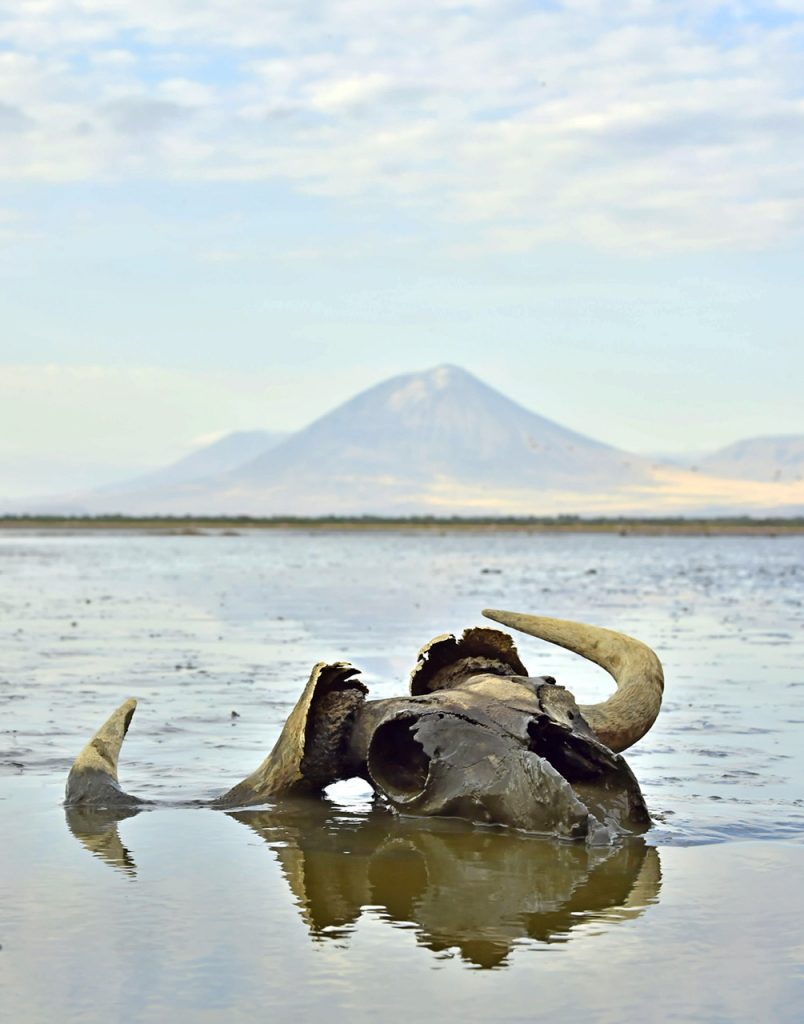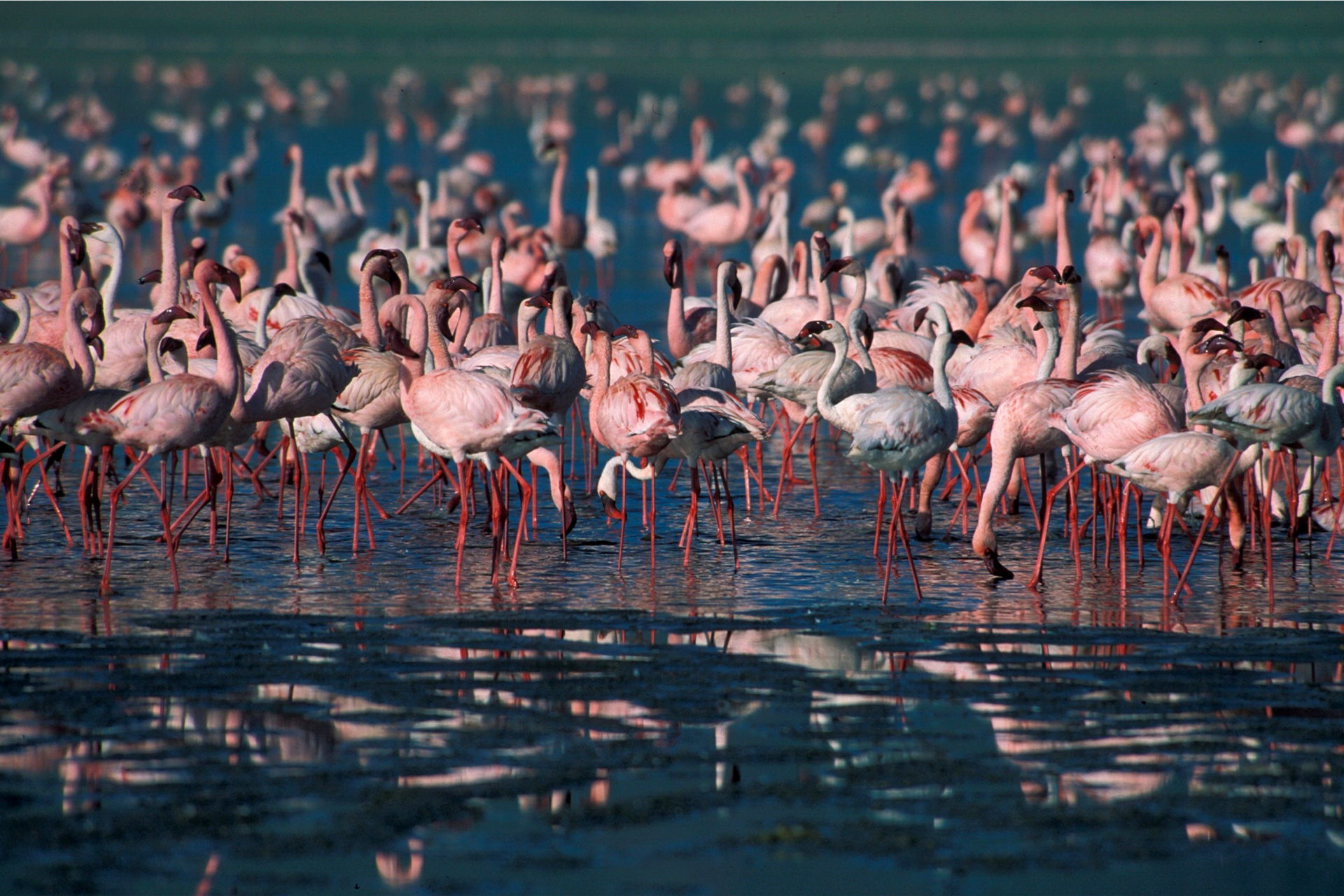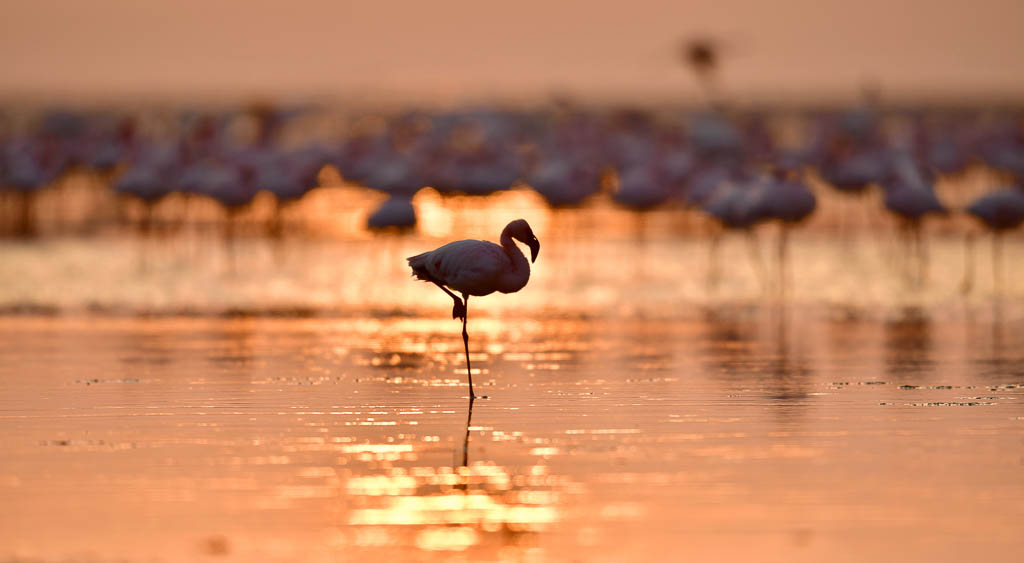
The views of the Crater and lake are stunning. Tonight, you will camp next to the Crater Rim. Rich green rolling hills, with Maasai villages peppered across the landscape. The road to Empakaai Crater follows the Ngorongoro Crater Rim for some time. The Crater provides you with the best chance of seeing the endangered black rhino, which can sometimes be spotted in the open grasslands.Īfter you have explored Ngorongoro Crater, you will drive to Empakaai Camp (approximately 2.5 hrs). The Crater was created when a large volcano exploded and collapsed in on itself two to three million years ago. Concealed by the steep volcanic walls is a pristine wilderness including sweeping savannah, pockets of acacia woodland and glistening lakes and swamps. When you first see Ngorongoro Crater, it looks like a forgotten world. The drive from Karatu to the gate of Ngorongoro Conservation Area takes about 30 minutes. The Park also boasts more than 500 species of birds, so binoculars are a must! After a picnic lunch inside the Park, you will drive to your accommodation in Karatu for dinner, stories and relaxation.Īccommodation: Eileen’s Tree Inn Day 3: Ngorongoro Crater to Empakaai Camp These animals are closely followed by a range of predators, including lions and leopards. You may also see giraffe, bushbuck and hartebeest. The Park is well known for its elephant families, which can often be seen congregating by the river. This ‘river of warthogs’ is the only source of water for wildlife in the region during the dry season. The Park is named after the Tarangire River which runs through it. You will pass many Maasai people in their colourful dress walking on the roadside and herding cattle. The journey will take you through gently rolling hills with scattered acacia trees. The drive to Tarangire National Park takes approximately two and a half hours, along good tarmac roads. In the morning you will be collected from your accommodation by your safari guide. You will have a chance to rest and recharge before the start of your adventure tomorrow. The drive from the airport passes through many roadside villages, giving you a sneak preview of Tanzanian daily life and culture.

You will be collected from the airport by a Lion King representative and driven to your accommodation in Arusha. The 2 day hike will take you from Empakaai Crater, along the Rift Valley Escarpment, accompanied by Maasai Guides and donkeys, camping under the stars in the bush. You will experience diverse wildlife (including opportunities to see the Big 5) in some of the most breath-taking landscapes.

This 6 -day safari combines the highlights of the National Parks, with an unforgettable hike from Empakaai Crater to Lake Natron (25km). 6-Day National Parks & Donkey Hike to Lake Natron As isolated as the lake is (it wasn't even discovered by Europeans until 1954), there are no protections in place for the lake or its threatened flamingo population.įollow Marc Lallanilla on Twitter and Google+.

The serenity of Lake Natron - and its flamingo population - are threatened by a proposed hydroelectric power plant on the Ewaso Ngiro River, the main river feeding the lake.

As shallow lakes in a hot climate, their water temperatures can reach as high as 106 degrees Fahrenheit (41 degrees Celsius). Both are terminal lakes that do not drain out to any river or sea they are fed by hot springs and small rivers. Lake Natron is one of two alkaline lakes in that area of East Africa the other is Lake Bahi. The flamingos' nests are built on small islands that form in the lake during the dry season. During breeding season, more than 2 million lesser flamingos ( Phoenicopterus minor) use the shallow lake as their primary breeding ground in Africa.


 0 kommentar(er)
0 kommentar(er)
